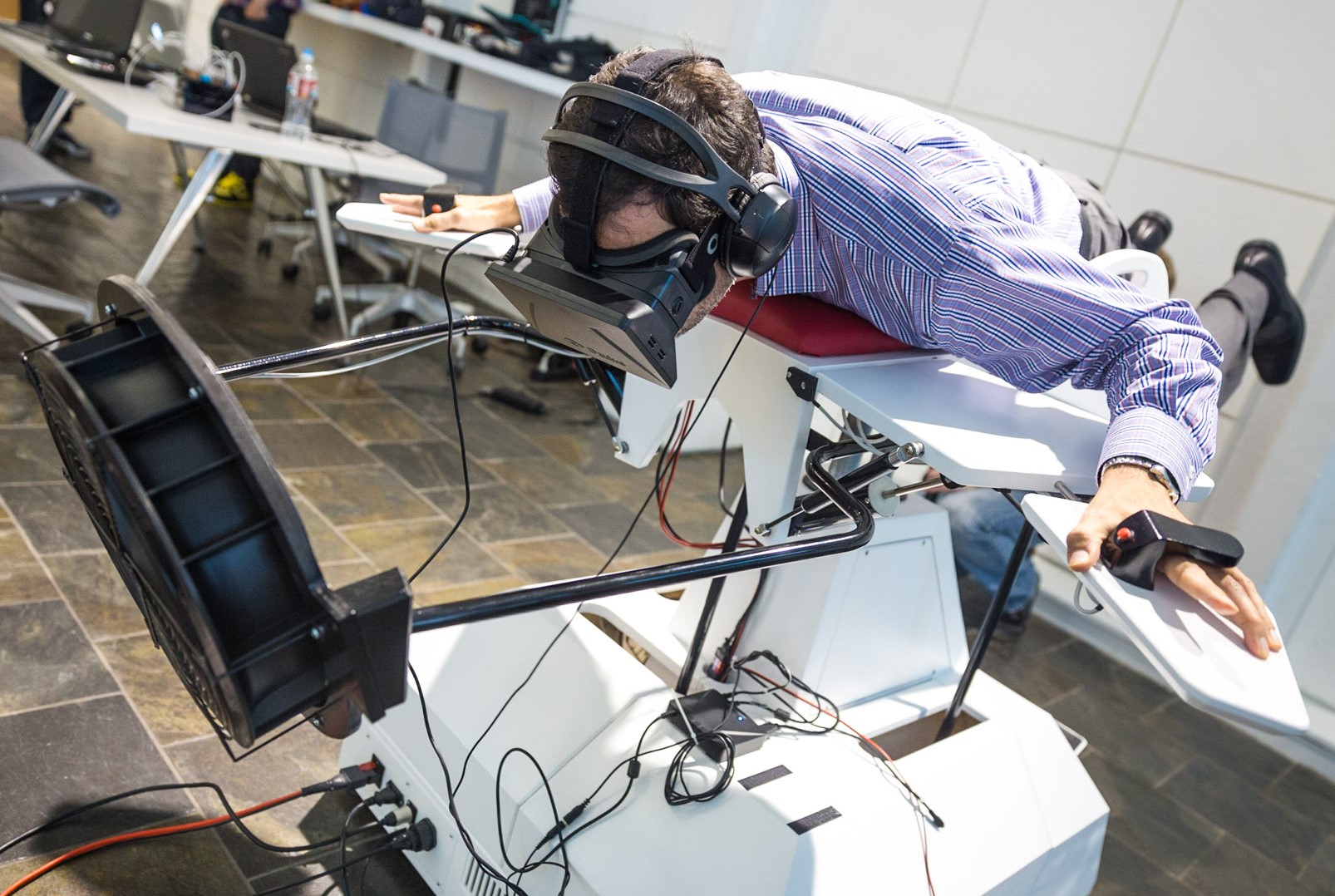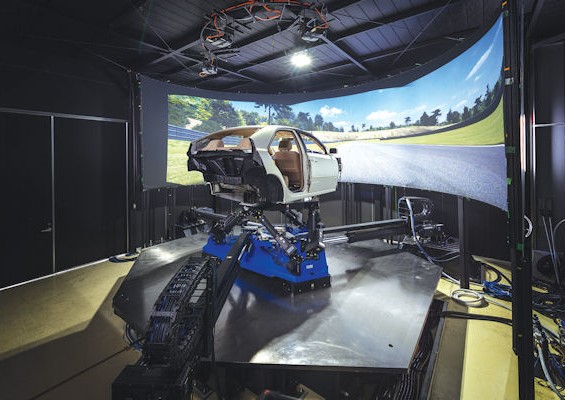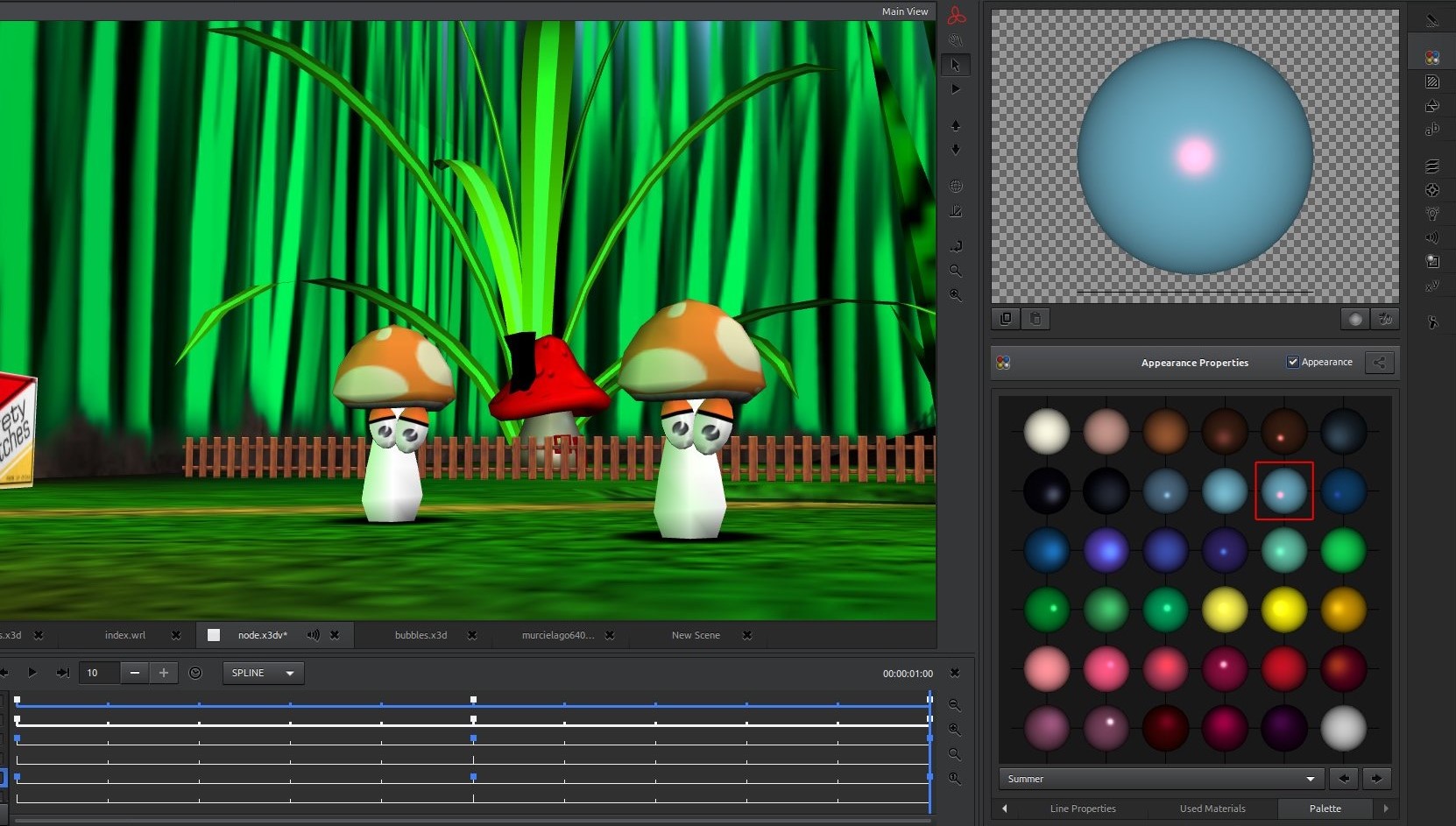

Because the concept of virtual reality and how to achieve it can still be vague and up for further exploration, there are several different ways for a virtual environment to be achieved. The main methods are as follows:
Users enter a simulation where the environment provides appropriate visual, motion, and audio clues to the user in correspondence to their input to the environment
Although not commonly thought of as virtual reality, first-person video games provide a 3D virtual world for users to interact with on a simple desktop interface
Users are immersed in a virtual world through the use of headset, which provides separate graphics for each eye and tracks the movements of the head
Augmented reality uses artificial graphics the alter the user's perception of his/her real surroundings



There is no uniform way for virtual reality to be achieved, so a wide variety of hardware can be utilized to create it.
Head-mounted displays or the CAVE environment are used to give the user a fully immersive experience. Additionally, omnidirectional cameras that are able to record 360 degrees have allowed virtual reality to expand even further.
To give the user the ability to interact with the environment, a number of technologies are used. This includes gyroscopes, motion sensors, a 3D mouse, a wired glove, and optical tracking sensors. These are used to track the user's body positions and provide force feedback to the user. This also allows the user to move wire-free, creating an even more realistic experience.
A wide variety of software is used in virtual reality, from desktop tools to its own file format. Virtual Reality Modelling Language (VRML) was a standard file format for components regarding virtual reality created in 1994; it has since been replaced by X3D. To learn more about X3D, read about it here.
